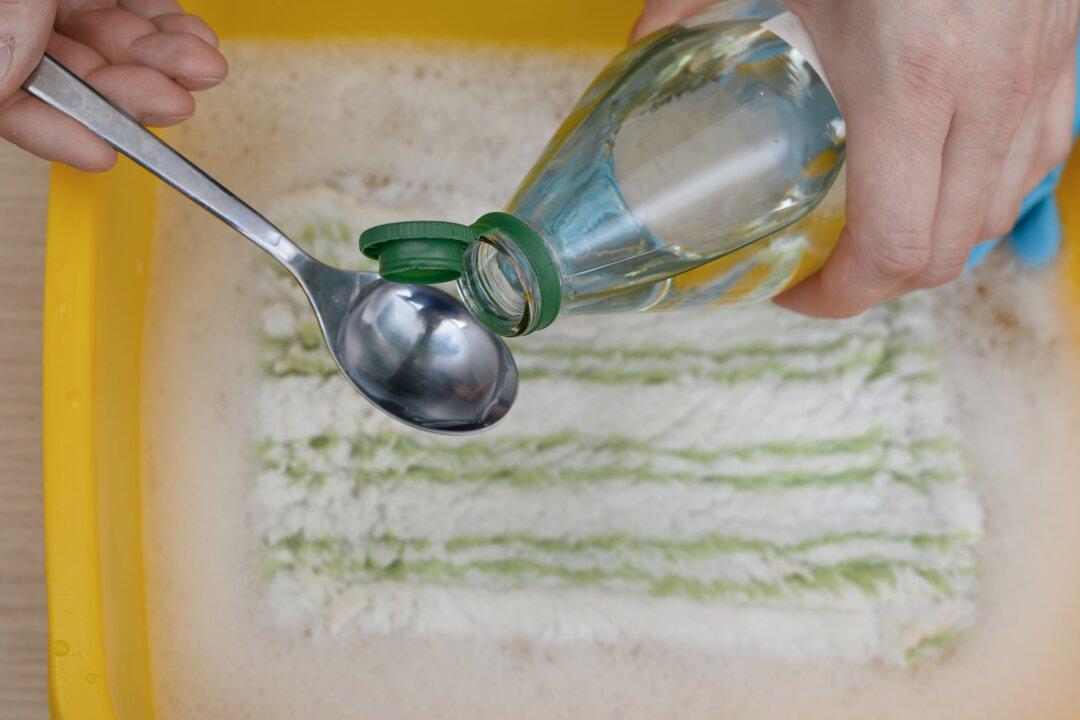Given the challenges of these inflationary times in which we live, I can’t think of a better time than today to review practical ways to live more frugally. These eight steps are designed to help us save money and live more mindfully without sacrificing the things you love.
Create a Budget You'll Stick To
A budget is your best friend when it comes to frugality. It’s not about restricting yourself; it’s about being aware of where your money goes. Start by pre-spending your paycheck on paper, then tracking every expense for a month to make sure your dollars go where you intended that they should. Categorize your spending (think groceries, utilities, entertainment) and see where you can make adjustments. Use apps such as Mint or YNAB (You Need A Budget) to help you stay on track. The goal is to spend less than you earn and put the difference toward giving, savings, or debt repayment.Embrace Meal Planning
Food can be a major expense, but with a little planning, you can save a lot. Start by perusing supermarket weekly flyers in your area. Make a shopping list based on only items on sale this week. Now make your meal plans based around those sales. Right there you can cut your food bill by at least 25 percent. This will also help avoid impulse buys and food waste. Never overlook the value of leftovers—they can be a lifesaver!Cut Unnecessary Subscriptions
We all have those subscriptions we don’t really use. Take a close look at your monthly subscriptions—streaming services, magazines, gym memberships—and cancel the ones you can live without. If you’re hesitant to cut them completely, consider sharing with a friend or family member. Many services offer family plans that can be shared at a lower cost per person.Shop Smart
When it comes to shopping, a little savvy goes a long way. Start by making a list and sticking to it. Look for sales, use coupons, and consider buying store brands, which are often just as good as name brands but cheaper. For bigger purchases, wait for sales events such as Black Friday or end-of-season clearances. Also, check out thrift stores and online marketplaces for gently used items at a fraction of the cost.DIY Where You Can
Stop paying others for services you can do yourself. Whether it’s home repairs, cleaning products, or gifts, there’s likely a DIY option cheaper than buying. For example, instead of buying expensive cleaning supplies, you can make your own with vinegar, baking soda, and essential oils. Or try your hand at making homemade gifts—they’re often more meaningful and super cost-effective.Reduce Energy Consumption
Lowering your energy usage is good for the planet and your wallet. Simple changes can make a big difference. Turn off lights when you leave a room, unplug electronics when they’re not in use, and consider energy-efficient appliances. You can also save by adjusting your thermostat—keeping it a few degrees lower in the winter and higher in the summer can lead to significant savings.Use Public Transportation or Carpool
Transportation is another big expense where you can save. If possible, use public transportation, bike, or walk instead of driving. Not only will you save on gas and parking, but it’s also better for your health. If public transportation isn’t an option, consider carpooling with coworkers or friends. You can split the cost of gas and enjoy some company on your commute.Cultivate a Savings Mindset
Finally, the key to lasting frugality is a mindset shift. Focus on the benefits of saving rather than what you’re giving up. Celebrate small wins, like making coffee at home instead of buying it out. Set savings goals and track your progress. Remember, frugality isn’t about deprivation; it’s about making thoughtful choices that align with your values and goals.Bonus Tips for Extra Savings
Automate Savings: Set up automatic transfers to your savings account each payday. This way, you’re paying yourself first and building your savings without thinking about it.Negotiate Bills: Don’t be afraid to call your service providers (such as internet, phone, or insurance) and ask for a better rate. You'd be surprised how often a simple phone call can result in lower bills.





